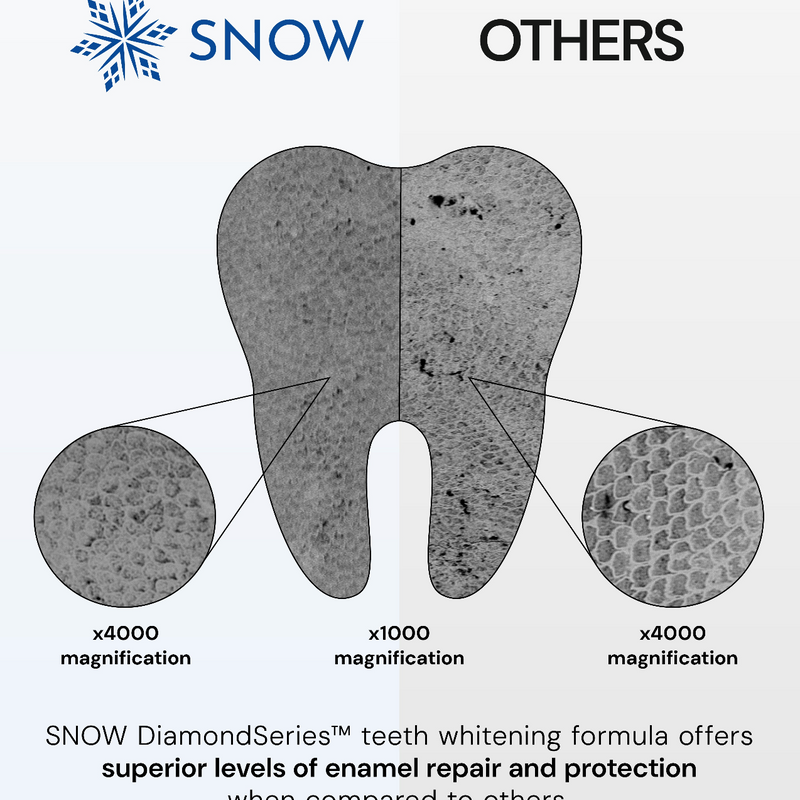Your smile says a lot about you and your oral health! For example, if you were hiring someone for a position at your business and they showed up to the interview with missing front teeth, you would immediately notice it and wonder, what happened? Your smile helps with your confidence, your ability to get a job, your social life, and so much more.
So what if you are missing front teeth or even back teeth, what are your options to get them replaced? Today, I am going to talk to you about a Maryland bridge. I will go into details as to the dental procedures involved in the making a Maryland Bridge, how it differs from a traditional dental bridge, and touch on a few other treatment options.
Maryland Bridge
Here is how a Maryland bridge is designed. Let's say you are missing one of your front teeth. That means that you have a space with teeth on both sides. These are called your adjacent teeth or your supporting teeth. A Maryland bridge is a non-invasive procedure. If you recall from a previous post, dental crowns and dental bridges require your dentist to shave down your teeth in order to put a crown over them.
A traditional dental bridge is NOT the same as a Maryland bridge! Here is why.
First impressions matter
Your dentist will first take an impression by either using some mushy stuff called Alginate or PVS. Some dental offices may use a digital scanner to get an impression. The reason your dentist needs this impression is that they are making a replica of your teeth that they can either hold in their hand or upload into software. This helps your dentist design your Maryland bridge, fabricate your false tooth or fabricate your dental bridges.
Maryland bridge gives you wings
Now that your dentist has a copy of your teeth, they design a crown that has the same shape and shade as your adjacent teeth. Once they have their crown designed, they add two wings that are made of a very thin metal. Sometimes the wings are made out of porcelain or resin. This is your Maryland bridge.
But wait, what are the wings for? They are used to anchor your Maryland bridge, replacing your missing tooth.
Unlike dental bridges, your dentist does not need to shave down your healthy tooth enamel. A typical dental bridge requires your dentist to remove healthy tooth structure in order to place dental crowns.
Now let's go into how resin-bonded bridges work by preserving your natural tooth and getting your missing teeth replaced.
Adjacent teeth
With a Maryland bridge, your dentist is able to keep your natural teeth and give you a seamless smile. The false tooth crown that your dentist made will sit perfectly in the space where you have a missing tooth. The metal framework sits behind your adjacent teeth, so it is not visible when you smile.
Your dentist may drill a small groove into each adjacent tooth or simply just rough up the surface so that they can use bonding resin to secure the two wings into place.
After your dentist roughs the area, he/she will lightly etch the teeth to clean them. Then, a special system is used to cement the Maryland bridge into place. This system sometimes involves a composite resin, which typically matches your tooth shade. The goal is to create a seamless smile with your Maryland bridge in place.
Maryland bridges for anterior teeth only?
Now, why can't we use these for posterior teeth?
Think about it, we use our posterior teeth for the majority of our chewing and grinding of food when we eat. A Maryland bridge is not strong enough to withstand those forces on a daily basis because it is held in by thin metal wings on the supporting teeth.
If you need to replace missing posterior teeth, a dental bridge or an implant might be a better option for you.
Because of this, Maryland bridges are typically used to replace missing teeth located in the front of your mouth. Anterior teeth are considered to be from canine to canine on the top and bottom.
If Maryland bridges are not for you, then you may need to consider options like dental bridges, crowns, or implants.
What are some other options to replace missing teeth?
A dental implant can be used to replace one tooth or multiple teeth. A dental implant can also be used to secure a dental bridge or a denture. Dental implants are a great option to replace missing teeth, but dental implants are not cheap. I like to consider dental implants as the Ferrari of dental treatments because they are beautiful and can also be expensive. Talk to your dentist to see if dental implants are a good option for you.
Before you consider Maryland bridges, a dental bridge, or any other type of bridge to replace missing teeth, you need to first consider your overall oral health status. Every person is different. Maryland bridges might work for one patient, but it may not work for all patients.
It all starts with oral hygiene
Oral hygiene is extremely important, and I explain this to patients every day! Without proper oral hygiene, bridges and implants will fail. Tooth decay needs to be addressed first. This will ensure you have healthy teeth and intact teeth. Tooth decay makes your teeth weak and will compromise the stability of any bridge you place on a decayed tooth.
So to recap, one minimally invasive tooth replacement option for missing teeth are Maryland bridges. Due to the minimally invasive design, they typically have mild sensitivity or no sensitivity at all. Your overall dental care plays a huge role in determining if a dental bridge, an implant retained dental bridge, or any type of dental bridge is a good fit for you.
Stay on top of your dental care and talk to your dentist about your options.
- Dr. Gibbz (Public Health Dentist)
Frequently Asked Questions
Is a Maryland bridge a good option?
According to research published in the Australian Dental Journal, resin-bonded bridges, such as Maryland bridges, have a 95.1% success rate in the front teeth and can last 12 to 21 years. It has the potential to be tremendously successful.
Does a Maryland bridge damage your teeth?
A Maryland bridge should not damage your teeth in most cases. However, in some instances teeth may be slightly damaged with the glue and metal that sticks to the back of the teeth. Thankfully, this area is not outward facing.
Do Maryland bridges fall out?
A Maryland bridge may collapse due to bad design or a defective bonding technique—or both. Your dentist can send the bridge back to the laboratory to be etched again, or they can replace the wings.
What is the difference between a Maryland bridge and a regular bridge?
Traditional bridges need a stable tooth on each side of the gap and the way that they are bonded tends to be more sturdy. This bridge can also be used on the back molars.
A Maryland bridge is more commonly used for the front teeth. It's not sturdy enough for the back molars. The bridge fastened with glued metal wings to the back of the surround teeth.
Disclaimer: This article is for educational purposes only and there is no doctor/patient relationship being established by reading this article. Always consult with your dentist or primary care provider. This article is not intended to offer medical or dental advice to anyone, it is not intended to diagnose any medical or dental conditions that you may have. There are no warranties and/or guarantees being made with the information being presented in this article.


























